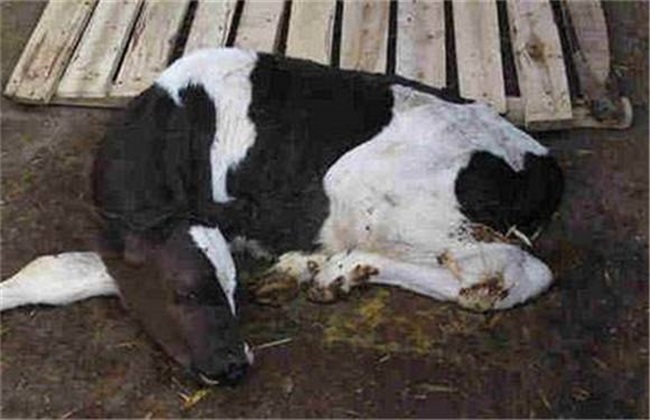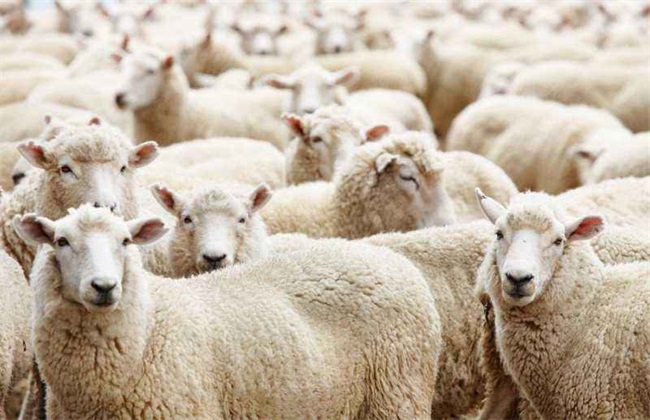Technical points of calf feeding and management
The market demand of beef in China is very large, with a large breeding area. When raising cattle, we should adjust the feeding method reasonably according to the growth stage of the cow. Especially in the calf period, the management must be strengthened, otherwise it will have a great impact on the survival and growth of calves. So how to manage calves? The following editor brings you the technical points of calf feeding and management, let's have a look!

1. Lactation management
The lactation management of calves is our primary concern. When breastfeeding calves, we'd better use lactation appliances such as lactation pots. If it is easy to feed with buckets, it is easy to make the milk enter the forestomach of the calves, causing the milk to ferment in the forestomach and cause the calves to get sick. After feeding, pay attention to wipe the residual milk around the mouth of the calf. Prevent calves from sucking on each other, causing inflammation. Then do a good job of cleaning and disinfecting lactation equipment.
2. Environmental hygiene
Calves should be raised separately after birth and separated in about 12 days, which can not only facilitate the management and care of calves, but also provide enough growth space for calves to avoid causing diseases and can not be found in time. After half a month, calves can be raised alone. When raising alone, we must do a good job in the hygienic work of the cattle pen and disinfect it regularly to avoid the cow pen being dirty and wet and affecting the growth of calves.
3. Strengthen the exercise
In the process of raising calves, we should pay attention to make calves exercise more, enhance their physique and promote their growth, which is of great help to the health of calves. About a week after the calf is born, when you encounter warm and sunny weather, let the calf exercise outdoors for about half an hour every day. Then, as the calf grows older, the calf's outdoor exercise time should be lengthened appropriately. However, the exercise time should not be in the bright light and high temperature at noon, otherwise it will also affect the growth of calves.
4. Wipe regularly
The physical hygiene management of calves is also an indispensable management work in the process of feeding. We should wipe the calf body regularly to keep the calf body clean and promote blood circulation in the calf body. And it can also make calves develop a good habit, improve disease resistance and reduce parasites. So we should wipe at least once a day, when wiping, we should pay attention to control the strength, and gently make the calves feel comfortable.
5. Health care
When we manage every day, we should pay attention to observe the changes of calves' diet, spirit, activity and feces, so as to judge the state of calves and make corresponding treatment measures. For example, when calves have mild dysentery, they should appropriately reduce the amount of milk feeding and let the calves drink the right amount of warm water. If dysentery is more serious, then stop breast-feeding twice or so. Then feed warm water, add appropriate amount of potassium permanganate and other solutions, the environment of calves dysentery.
The above is a brief introduction to the main technical points of calf feeding and management. The feeding and management of calves is very important and closely related to the benefits of breeding, so we must pay more attention to it. That's all for today's introduction. This article is for reference only. I hope it can help you all.
Related
- On the eggshell is a badge full of pride. British Poultry Egg Market and Consumer observation
- British study: 72% of Britons are willing to buy native eggs raised by insects
- Guidelines for friendly egg production revised the increase of space in chicken sheds can not be forced to change feathers and lay eggs.
- Risk of delay in customs clearance Australia suspends lobster exports to China
- Pig semen-the Vector of virus Transmission (4)
- Pig semen-the Vector of virus Transmission (3)
- Five common causes of difficult control of classical swine fever in clinic and their countermeasures
- Foot-and-mouth disease is the most effective way to prevent it!
- PED is the number one killer of piglets and has to be guarded against in autumn and winter.
- What is "yellow fat pig"? Have you ever heard the pig collector talk about "yellow fat pig"?



